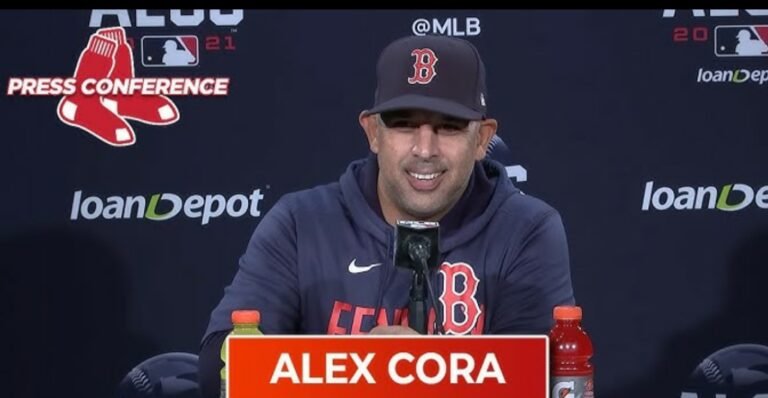
The Los Angeles Dodgers’ recent acquisition of left-handed reliever Tanner Scott on a four-year, $72 million contract has significantly impacted the MLB landscape. This deal, which includes a $20 million signing bonus and $21 million in deferred salary, , not only strengthens the Dodgers’ bullpen but also raises questions about competitive balance within the league.
Scott’s 2024 performance was exemplary; he maintained a 1.75 ERA over 72 innings, split between the Miami Marlins and the San Diego Padres. His consistent excellence on the mound made him one of the most sought-after relievers in free agency. The Dodgers’ ability to secure his services, despite competition from teams like the Chicago Cubs—who reportedly offered a more valuable contract when accounting for deferred payments —highlights their financial prowess and strategic approach to roster building.
This signing is part of a broader pattern for the Dodgers, who have also added Japanese pitcher Roki Sasaki, along with other notable players such as Blake Snell, Michael Conforto, and Hyeseong Kim. These moves have pushed the Dodgers’ luxury-tax payroll to over $375 million, making it the highest in the league by a significant margin . While this demonstrates the organization’s commitment to fielding a competitive team, it has also sparked discussions about the disparity between high-spending franchises and those with more limited financial resources.
In contrast, the Boston Red Sox have taken a more measured approach this offseason. Despite expressing interest in Tanner Scott, the Red Sox were cautious about committing to a four-year deal for a reliever who will turn 34 by season’s end. Instead, Chief Baseball Officer Craig Breslow has focused on bolstering the pitching staff through strategic acquisitions and trades. The team signed veteran reliever Aroldis Chapman to a one-year contract and acquired left-handed pitcher Garrett Crochet from the Chicago White Sox in exchange for four prospects, including Kyle Teel . Additionally, the Red Sox added right-handed pitcher Walker Buehler on a one-year deal and secured left-hander Patrick Sandoval on a two-year contract .
These moves reflect Breslow’s emphasis on pitching depth and flexibility. By opting for shorter-term contracts and targeting pitchers with upside potential, the Red Sox aim to remain competitive while maintaining financial flexibility for future seasons. This strategy contrasts with the Dodgers’ approach of leveraging substantial financial resources to assemble a roster laden with high-profile talent.
The differing philosophies of the Dodgers and Red Sox underscore a broader conversation within Major League Baseball regarding financial strategies and competitive balance. The Dodgers’ use of deferred payments in contracts allows them to offer appealing deals to top-tier players while managing immediate payroll implications. However, this practice has drawn criticism for potentially exacerbating competitive disparities, as not all teams can employ similar financial tactics .
As the 2025 season approaches, the impact of these offseason decisions will become more apparent. The Dodgers’ star-studded roster positions them as formidable contenders, but it also places them under scrutiny regarding the sustainability and fairness of their spending practices. Meanwhile, the Red Sox’s calculated investments in their pitching staff reflect a commitment to building a resilient team capable of competing at a high level without overextending financially.
In summary, the Dodgers’ signing of Tanner Scott is a significant development that highlights the team’s aggressive pursuit of top talent and raises important questions about financial practices in baseball. Conversely, the Red Sox’s strategic acquisitions demonstrate an alternative approach focused on depth and fiscal responsibility. Both strategies will be tested in the upcoming season, offering valuable insights into the evolving dynamics of team building in Major League Baseball.


